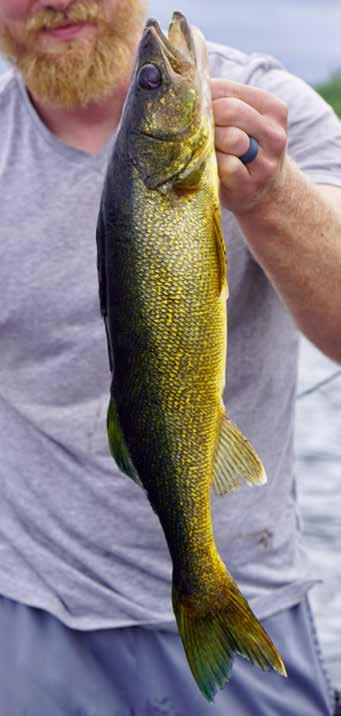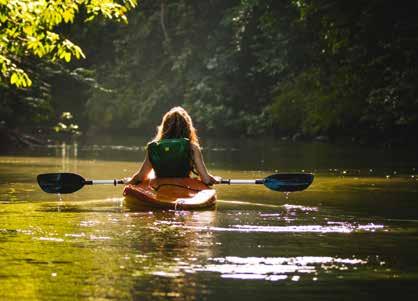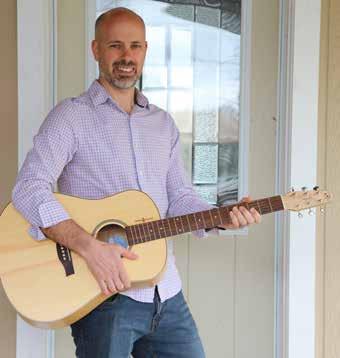Province, Trent-Severn Waterway not off the hook as group works to save the walleye
GEOFF COLEMAN, WRITER-AT-LARGE
Foot-dragging by the provincial government and inconsistent water flow resulting from Trent-Severn Waterway management practices are frustrating the efforts of a local organization to enhance walleye spawning habitat to protect this important fish from further decline. At issue is the area immediately downstream of the TSW’s Bobcaygeon dam. Once a significant spring spawning area from bank to bank, it now only supports spawning on the north side, and poorly at that. Correcting the situation has been a five-year mission for Save the Walleye, a group spearheaded by Larry Jones and Doug Coombs. Jones, a long-time resident, fisherman and taxidermist says when the Pigeon Lake walleye population was at its peak, there was never a question of whether you would catch your limit of fish. The only question was how long it would take. And this predates common technical aids such as fish finders and accurate lake maps housed on cellphones. At spawning time, the smell of walleye hung in the air. The beds were covered with fish from bank to bank every night. However, things started to drop off by the mid-1970s, and by the late 1980s the fishing was a shadow of what it once was. Gone were the opening nights when as Jones puts it, “you could walk from boat to boat across the river,” and the resulting American tourist dollar influx had all but dried up. There are as many opinions on what caused the decline as there are anglers, but members of Save the Walleye believe it has been a result of water management practices by the waterway. In 1968, a newly installed dam at Bobcaygeon released water from a bottommounted gate at such a velocity that the fist-sized stone on southern side of the spawning area was washed away by the flow. Previously, stop logs controlled the outflow, moving out warmer surface water at a slower pace. The gates also created a reduced and erratic flow on the northern side. Eggs laid there one night could be high and dry the next, or washed away in suddenly powerful current. In 2015, Save the Walleye started a campaign to get the water flow problem corrected. Save the Walleye would like to see a study that investigates using the raceways of the dam that still have stop logsto direct water over the north side of the spawning bed. “We are just talking about removing a few logs — maybe they’d have to do it a few times
18
www.lindsayadvocate.ca











